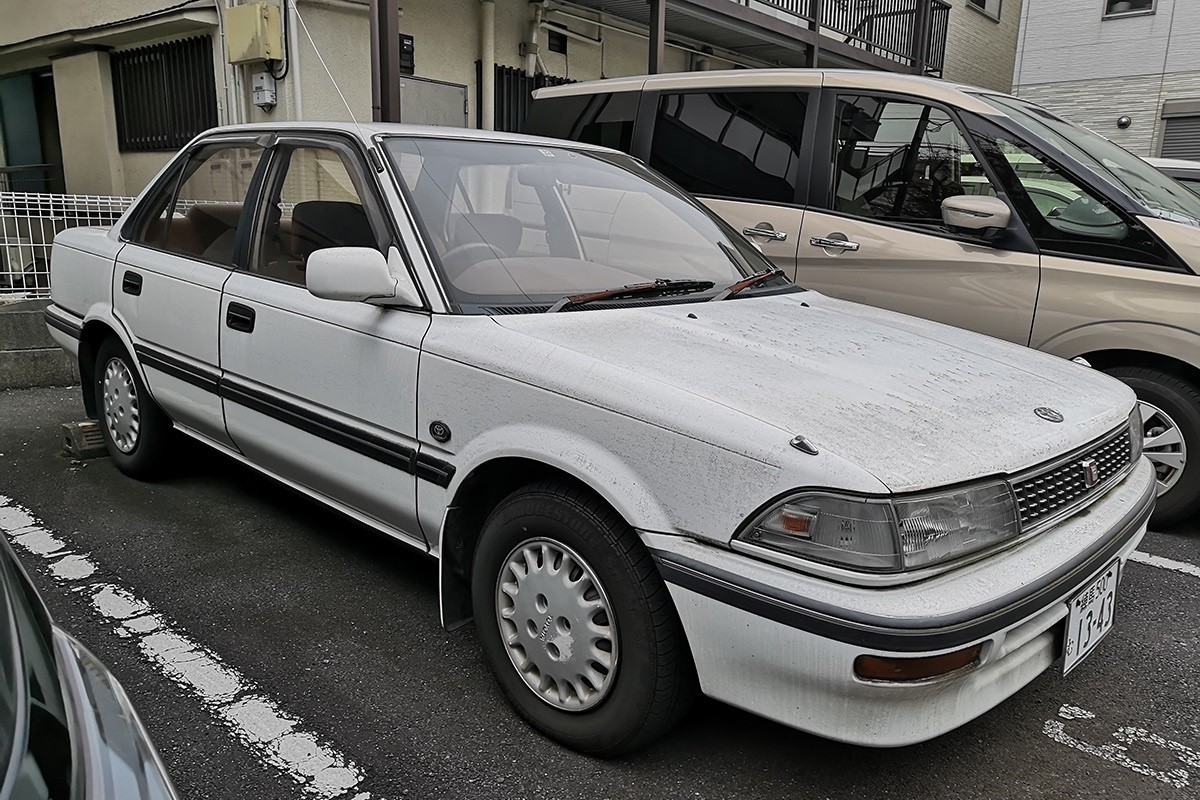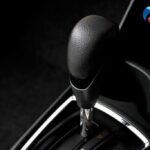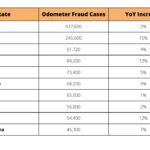The Toyota Corolla E90 is a car that resonates with global recognition. Unlike some niche Japanese Domestic Market (JDM) vehicles, the E90 Corolla is a model that many around the world remember and, arguably, appreciate. But within the Corolla E90 lineage, there’s a fascinating variety. Let’s delve into what makes this sixth-generation Corolla so special, particularly focusing on a unique JDM flavor.
The E90 Corolla: A True World Car
The Toyota Corolla E90, produced from 1987 to 1992, truly earned the title of a “world car.” Its front-wheel-drive platform made it adaptable to various markets and driving conditions globally. You could find these reliable vehicles across Europe, in North America, and throughout Asia. Even in bustling cities like Bangkok, a decade ago, the E90 Corolla was a common sight as a taxi, a testament to its durability and longevity. Some might even still be in service today, highlighting their enduring nature.
JDM E90 Corolla: A Plethora of Variants
Launched in May 1987, the sixth-generation Toyota Corolla (E90) in the Japanese Domestic Market offered an impressive array of body styles and trims. The standard JDM lineup included the versatile liftback, the classic notchback sedan, and the practical van/wagon. Adding to this were the Sprinter variations, essentially rebadged Corollas with subtle styling differences. For sportier tastes, the Levin and Trueno coupes emerged, alongside the all-wheel-drive Carib wagon, known for its adventurous spirit. Furthermore, compact three-door and five-door FX hatchbacks catered to urban drivers. It’s important to note that while the Corolla II might seem related, it was actually a rebadged Toyota Tercel and not part of the E90 family.
Global Nomenclature: Corolla E90 Across Different Markets
To add another layer of complexity, the E90 Corolla was marketed under different names in various regions. In South Africa, sedan versions were known as the Conquest or Tazz, while the panel van variant was called the Carri. The Sprinter, Japan’s sister car to the Corolla, was rebranded as the Geo Prizm in North America. Interestingly, in Australia, locally manufactured models were sold under the Holden Nova nameplate, showcasing the global reach and adaptation of the E90 platform.
Production Timeline: A Staggered Global Demise
The E90 Corolla’s production lifespan wasn’t a straightforward shutdown. Instead, its discontinuation was staggered across different manufacturing locations. Production ceased in Japan and the Philippines in June 1991. However, manufacturing continued until 1992 in Indonesia, the United States, and Canada, and further extended to 1993 in Thailand and 1994 in Australia. Remarkably, panel van production in South Africa persisted until 2006, demonstrating the enduring demand for this platform in certain markets.
Engine Options: A Wide Spectrum of Power
The engine choices for the E90 Corolla were extensive, varying significantly depending on the market. North American models primarily received the 1.6-liter DOHC engine, available in both carbureted and fuel-injected forms. European markets expanded this range with a 1.3-liter SOHC base engine and a 1.8-liter diesel option. Australia boasted unique engine variants, including 1.4-liter DOHC and 1.8-liter DOHC engines not found in other regions. However, the JDM market offered the most diverse engine lineup, with six different displacements ranging from a fuel-efficient 1.3-liter to a potent 2.0-liter. Power output varied from 64 horsepower in the smaller diesel to an impressive 165 horsepower in the supercharged Levin GT-Z.
JDM High-Trim Corolla E90: Luxury in a Compact Package
While Corollas in many markets were perceived as practical and reliable but somewhat basic, the JDM E90 generation, particularly during Japan’s economic bubble, offered surprisingly luxurious high-trim levels. The featured “SE Limited” model exemplifies this. Stepping inside reveals features like power windows, air conditioning, and an automatic transmission, creating an atmosphere akin to a “mini Lexus.” The red fabric and brown plastic interior further enhance the sense of warmth and sophistication, a departure from the often-utilitarian interiors found in export models.
Scarcity in Japan: A Shift in Perception?
Despite being produced in vast numbers, saloon versions of the E90 Corolla are becoming increasingly rare in Japan. This is somewhat surprising given their renowned durability, especially when compared to other contemporary Japanese models like the Mark II, Crown, and Levin/Trueno, which are still relatively common. Perhaps the Corolla, perceived as a more utilitarian vehicle, faced a different fate. Many might have been exported for continued use in other countries, particularly within the Pacific region and beyond. Therefore, encountering a high-spec JDM example, even one showing signs of age, is a noteworthy glimpse into the diverse history of the Toyota Corolla E90.


